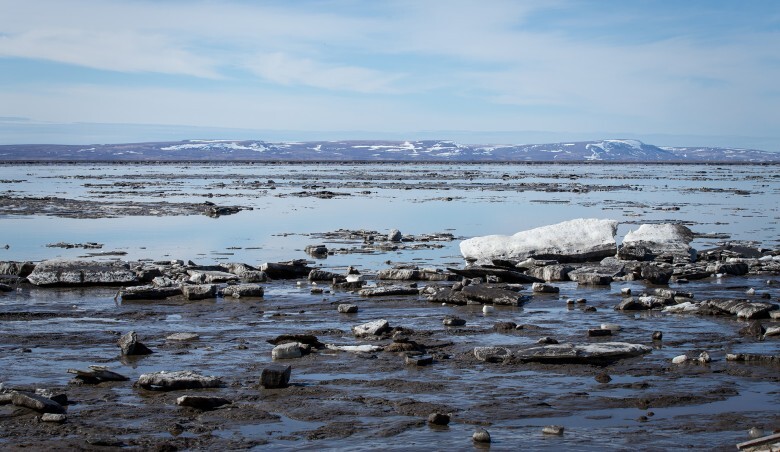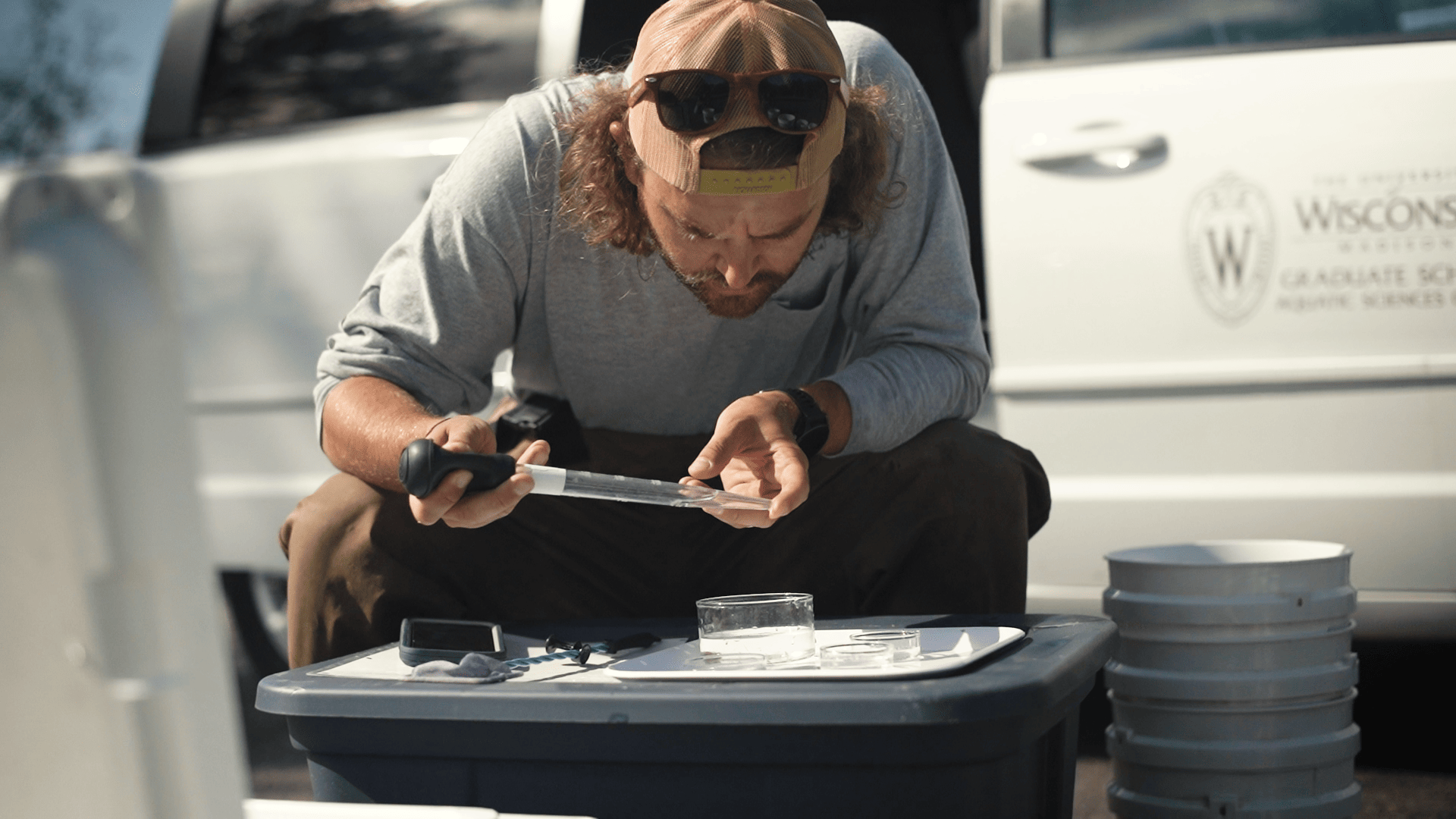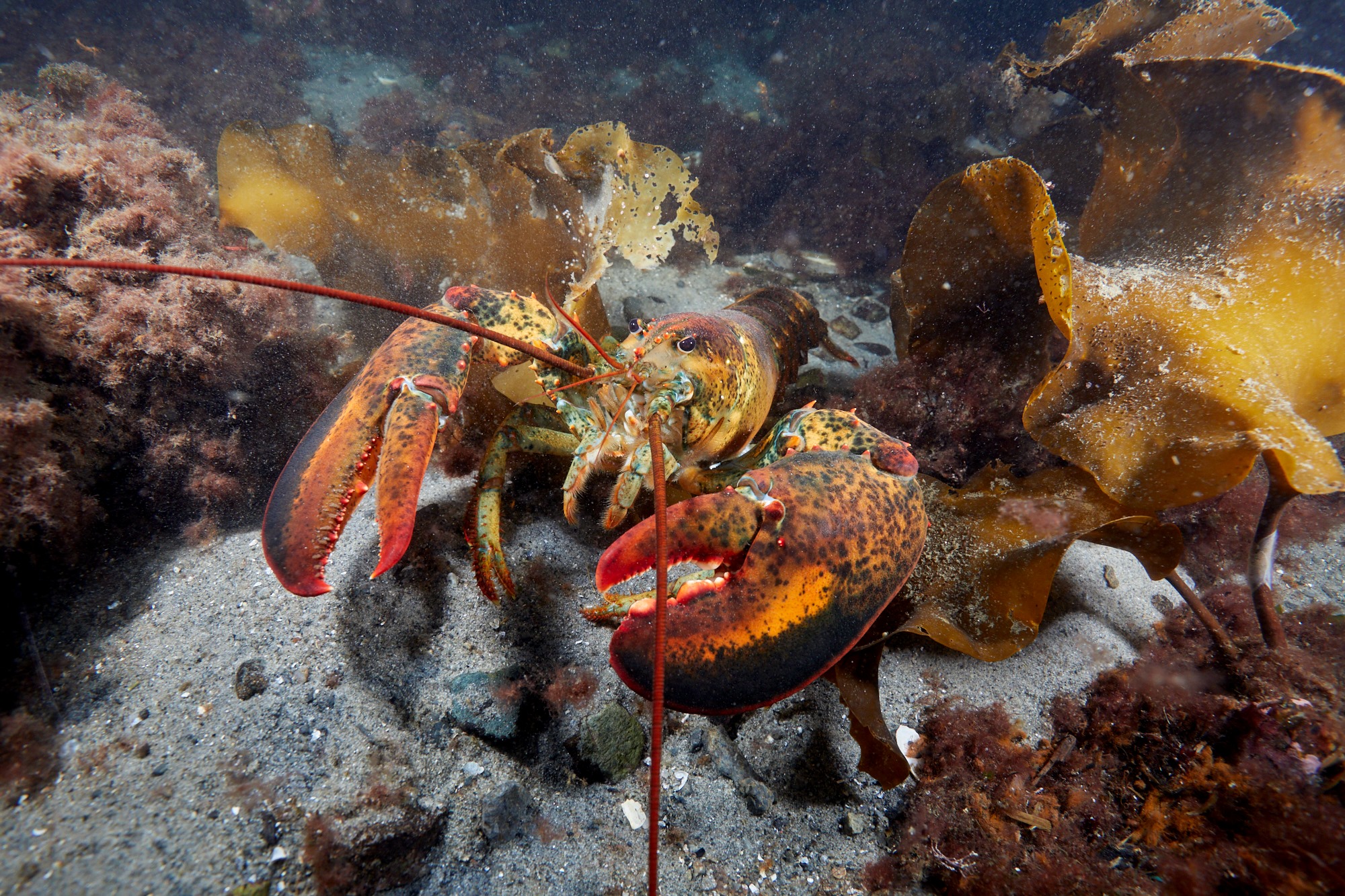Sea Grant research shows population declining by ~14% annually
By Christina S. Johnson, California Sea Grant
The white abalone is a deep-water marine snail that, like our common garden snail, scoots slowly on a large muscular foot. A single hard shell armors its soft body and lets the gastropod hunker down and hide completely within its domed, thin-walled mobile home.
Unlike garden snails, though, the white abalone – a Southern California and northern Baja California, Mexico native – is rare and truly teetering on the proverbial brink.
According to scientists who study the species, which in 2001 became the first marine invertebrate protected under the Endangered Species Act, the white abalone may no longer be reproducing in the wild, or is doing so in such low numbers it cannot offset the loss of older animals.
In a 2012 study, Kevin Stierhoff with NOAA Southwest Fisheries Science Center and colleagues estimated that Southern California’s white abalone population was declining by about 14 percent annually, which means that the species’ numbers would be expected to halve about every five years.
A new study, funded in part by California Sea Grant at Scripps Institution of Oceanography, UC San Diego, adds yet more urgency to the scientific community’s belief that the only way to save the abalone is through captive breeding for eventual release in the wild.
Allen Andrews with NOAA Fisheries Pacific Island Fisheries Science Center and colleagues have used radioactive carbon from atmospheric nuclear weapons testing to determine the ages of five, large white abalone shells collected off Catalina Island, Los Angeles and San Diego in 1960s, ’70s and ’90s.
The carbon-14 dating (which looks at spikes in radiocarbon signatures, not radioactive decay) suggests that the white abalone’s lifespan is about 30 years, notably shorter than previous estimates of 35 to 40 years based on shell growth rates.
“Our results solidify the idea that the existing remnant population is likely a senescent population (too old to reproduce) and that recovery plans need to go full steam ahead,” said Andrews, whose research findings appear in the journal of Marine and Freshwater Research.
The 30-year lifespan “shortens our working window,” said Laura Rogers-Bennett, who is a co-author on the article and a member of the white abalone recovery team, which is led by NOAA’s Office of Protected Resources. “It’s a wake-up call.”
“White abalone are in desperate straits,” said Rogers-Bennett who holds joint appointments with California Department of Fish and Wildlife and University of California- Davis. “The animals that are seen in the wild are toward the end of their lifespan. This study points to the fact that we don’t have other avenues to recover the species. If we are going to save white abalone, we have to put resources into captive breeding.”
Fortuitously, earlier this month, Rogers-Bennett and colleagues at the UC Davis Bodega Marine Laboratory reported that they had coaxed white abalone into
spawning in captivity for the first time in nearly a decade and had reared these youngsters (born in 2012) past their first birthday. A yet more successful spawn was achieved this spring.
The captive breeding facility, which has been dubbed “Match.com” for white abalone, now has about 125 animals that include this year’s hatchlings, last year’s crop of one-year-olds and the brood adults.
“Hopefully, we can jumpstart this recovery process,” said Gary Cherr, director of Bodega Marine Laboratory. “We need on the order of thousands of juveniles for outplanting. This could take three or four years, if we get reasonable survivorship.”
“All the signs are pointing to an increased sense of urgency,” Stierhoff agreed. “We need to move ahead. It’s encouraging that captive breeding is working better and we can think about the next steps.”


